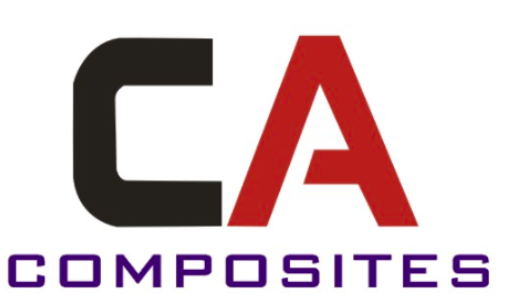Composite materials can be defined as merging of two materials to create a hybrid one that retains the properties of the individual materials in the combination, resulting in a much better and advanced product.
The most obvious and significant benefit is reduced weight and high strength of the finished end-product. The composite materials are used across industries, creating elements that provide added advantage of stiffness while being less heavy. Out of all these industries, one sector that has benefitted immensely using composite materials is the aviation industry.
Use of Composite Materials in Aviation Industry
As airplanes need to carry passengers and stuffs through the aerial mode, they are required to be highly durable and strong. Every aircraft has a certain weight carrying limitation that it can withhold up in high pressure. This is where the need for a lighter and stronger material arises.

Fiberglass was the first composite material that was first introduced in the aviation industry in 1950s. Since then, the usage and application has only increased owing to the advantages of the composite materials in developing aircrafts. Now, along with fiberglass, carbon fiber composites and fiber-reinforced matrix systems are used through the globe in creating aircrafts, in some form or other for developing certain components and parts. For example, the Boeing 787 Dreamliner launched in 2012 was propagated by the company to be 50% composite.
Advantage of Composites for Aircraft Manufacturing
With composite material, in some kind or another, increasingly playing a major role in aircraft production in present times, the industry can expect to see enhanced results in offering efficiency, safety, and comfort to the travellers as well as to the companies. These materials help to make the aircraft more lightweight, which in turn helps to reduce fuel consumption, resulting in energy saving.
The composites also rendering aircrafts with a smooth surface, which is convenient and comfortable for the passengers as well as to the crew for manoeuvring. The high strength of the entire structure provides a resulting construction solution that is much more durable and provides increased safety and security. Composites last longer than the traditional materials, provide structural flexibility and low maintenance cost.
Thus, with these advantages in front of us, it is hard to avoid and not leverage the benefits composites offer to the aviation sector.

